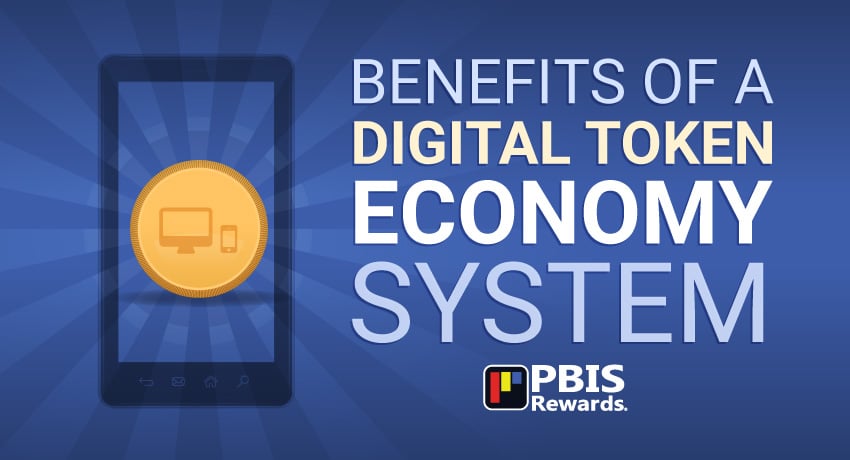Token As Financial Incentive — It Will Work

Incentives are critical in decentralized crypto-networks such as Bitcoin and Ethereum. The reason is very simple. By definition, there is no authority inside decentralized crypto-networks to force miners to come and maintain the security of the networks. Hence the only way is to provide incentives to attract miners. Given that money is the best incentive, cryptocurrencies such as bitcoin or ethereum are created and used as financial incentives to reward miners. Long story short, it worked!
Now many serious entrepreneurs are using token, a new tool that does not exist in the Internet or mobile space, as a financial incentive for consumers to create decentralized networks and disrupt existing centralized incumbents. Different from Bitcoin, these attempts are still very early and have not proven themselves yet. But token as financial incentive will work! Using financial incentives to encourage action is not new. It worked in the past and it will continue to work in the future because money is a fundamental human motivator and that will never change!
Financial Incentives
There are many hugely successful examples of using financial incentives to attract consumers and build category-dominating businesses. Recent giant companies like Amazon and Uber have shown how powerful financial incentives can be in disrupting the incumbents in commerce and transportation markets respectively.
When it started 25 years ago, Amazon had an inferior shopping experience to physical retail. Consumers would wait weeks to receive their purchases, as opposed to the immediate delivery that physical stores provided. However, it had cost advantages by leveraging Internet technology and was able to offer low price as a financial incentive to shoppers. Starting with the book category, Amazon slowly but steadily became the category winner in the Commerce 2.0(ecommerce) era.
By leveraging mobile technology, Uber provides a better user experience than traditional taxi service. However, better user experience alone is not enough. To disrupt taxi service, Uber needs to provide financial incentives to riders via subsidizations. As a cheaper and better experience, it is a no-brainer for riders and Uber has become a household name.
Token is Better
Token, with market value and liquidity, will be treated like cash by consumers. Hence, token can be used as a financial incentive tool by crypto projects looking to disrupt the status quo. In fact, token can work even better than cash because with well-designed token economics, token can appreciate over time whereas cash does not. This creates even more financial incentives, especially in the beginning when the token price is low and behavioral change can be most difficult.
There is always a cost associated with financial incentives and not every company has enough resources to succeed. Amazon was able to succeed because it leveraged Internet technology to reduce its operating cost. Uber was able to succeed because it raised billions of dollars from venture capital to subsidize both riders and drivers. Either way, companies reduce their profits to cover the costs of providing financial incentives.
On the other hand, the cost of token incentives comes from token inflation. Counterintuitively, existing token holders accept these token inflations because, without them, their tokens will not appreciate. For example, without bitcoin inflations used as block rewards to incentivize miners to maintain the security of the Bitcoin network, bitcoin would be worth nothing.
This is powerful in two ways. First, crypto projects don’t need to raise tons of venture capital which is only available for few selected projects, and network participants don’t need to reduce their profits to cover the cost of token incentives. Second, using token as financial incentives also turns consumers into the owners of the network. As owners, consumers are incentivized to drive the continued growth of the network. Cash as financial incentive will never be able to achieve these effects.
Incentive vs. Friction
When introducing a new product or service, there will always be friction for adoption. If the friction is too high, consumers will be much less responsive to the financial incentives. Companies must factor friction into their go-to-market strategies to succeed.
Can you imagine that Amazon would be this successful if it had chosen clothing instead of books as its first product category?! When ecommerce was still in its infancy, consumers were much less likely to buy clothing online even though the prices were cheaper. Do you think taxi riders would tolerate 15 minutes of additional waiting time for $10 off?! This is why Uber also needs to provide financial incentives to drivers via subsidizations to reduce the friction for riders.
Today, there are still many sources of friction in the crypto space and it should not be a surprise that many attempts or experiments will fail. Educating non-crypto consumers about the monetary value of a crypto token might be the biggest friction at the moment. Unfortunately, education is a very expensive effort and the majority of crypto projects don’t have enough resources to do that. Without understanding the value of a token, non-crypto consumers will not be responsive to token financial incentives. Hence for a crypto project to succeed in leveraging token as a financial incentive tool, it should strategically bootstrap its network in a market sub-segment that is more responsive to token financial incentives or smartly design a customer experience to provide financial incentives to consumers but shield the token concept from them.
I have no doubt that there will be hugely successful crypto projects that leverage the advantages of the new tool — token as financial incentive. However such a new tool does have its own unique challenge. For the financial incentives to continue working, the token must maintain its market value and even appreciate in value over time. This task requires well-designed token economics and bad design can crash a promising project. Token economics is a very complex problem and very few projects get it right. Stay tuned for my next article that dives into this topic more deeply.
















